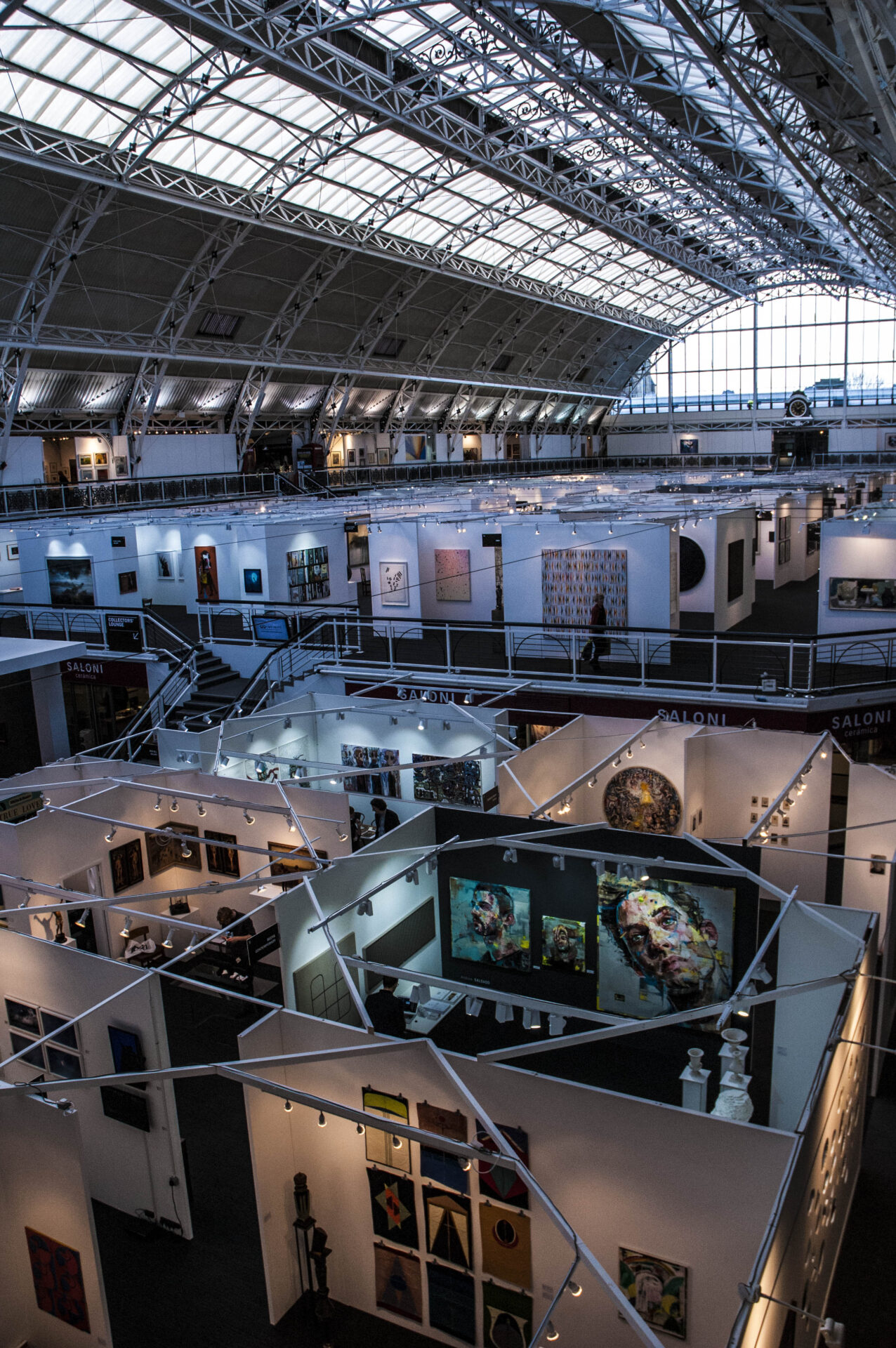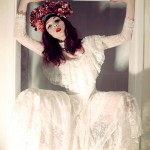Well-established, situated in the heart of Islington, at the Business Design Centre, every year for the last twenty-six, the London Art Fair is the ideal opportunity to display the work of any gallery, enticing those that have the relaxed purse strings to purchase some art from the most emerging, contemporary and also fine work from fantastic names such as Damien Hirst and renowned author Alasdair Gray. The UK’s largest fair, with 128 galleries exhibits the work of well-established, and more importantly the trend-setters of the 20th century, those leading and emerging in the art world.
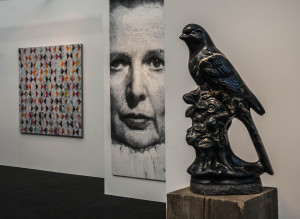
With talks, tours and performances over the course of the week (well, from the 15th January until 19th) the London Art Fair certainly has much to offer. Buyers, viewers and press who have tickets for the five days are invited to attend retrospective art book launches, talks on the photography market and a Desert Island Discs type format presentation of Alison Jackson’s favourite art pieces, widening their interest and knowledge of the scene. It also has an international feel to it with one tenth of art collectors being from outside of the UK (with new galleries present for the first time from cities renowned for their great art, Tokyo and Paris).
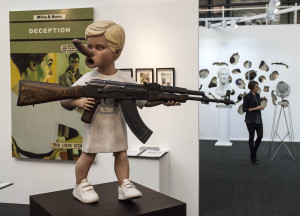
Despite catching a few red dots on several of the works frivolously displayed around this deceptively overwhelming hall space, I am always curious about these fairs, and whether the benefits outweigh the costs, as clearly being present in N1 at an event which oozes of prestige we can all guess is not going to be a small penny.
Speaking to Wilson Stephens Fine Art, one of the 120 plus galleries exhibiting, a spokesperson went as far to say that they would not even give a mere thought to not being present at this fair, with its stature, getting the exposure and sales to make it more than justifiable. Similarly, a colleague from Glasgow’s Compass Gallery, mentioned that when considering exhibiting at this fair, it is as much about being present here; not simply about acquiring those red dots. That is not to say that they don’t get them, as a healthy number of sales reduce the initial overwhelming cost of the stand hire.
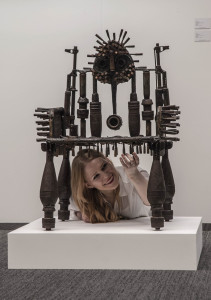
Significantly, a recent survey conducted by the art fair certainly gave a glimpse of a surge of optimism, which my discussions with dealers hinted at. It concluded that 61% believe that improvement will be seen in the art market fortunes this year. However, they did think that the contemporary, Modern British and editions sectors of the market as the most undervalued; I presume they optimistically perceive a rise in value.
Configuring this article, looking aesthetically at some of the growing trends at the fair, I spoke to publishers, Lund Humphries, which devote themselves entirely to art books. There was blatant trend that stood out amongst the rest for me; the rising interest in the physical book. We discussed the embryonic book fetish which seems flagrantly apparent this year. With the introduction of the digital readers, the physical book form is gaining a rising appreciation. Inadvertently, it is possible that artists have now placed their focus in this direction, with the rise of the digital age. With wonderful pieces by Su Blackwell on display, also selling, this is a trend not to be ignored.
This lends itself rather interestingly to the fact that located within the Glasgow Print Studio’s stands are a couple of Alasdair Gray pieces. Not only is the book deemed an interesting subject for contemporary artists, but also contemporary artists are energetically wavering from the literary landscape, understanding now perhaps that the two industries are complimentary, more so now than ever.
Although through the decades we have witnessed the creative industries supporting each other, with the rise of talent in video and sound installation artwork, accessibly exhibited, this bond between art and books is unique. Until more recent times, the artwork and illustration has been renowned to be bound within the stitched and published pages of the book.
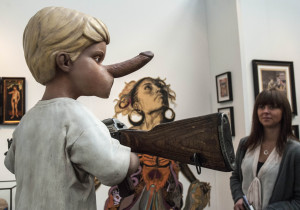
After 2014’s London Art Fair I can comfortably say that the literary fiends will have to contend with seeing those stitched pages, cut, tampered, disgraced perhaps to create a more interesting product that will provoke an emotive book lover. And it’s transparently clear that the fair will see a reduction of these dealers or exhibitors over coming years that will display these books, the prevailing rise presently appears perpetual. As a bookseller, should I be concerned about my job?
All photos by Elena Legakis

